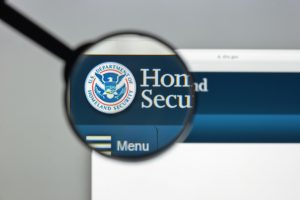
We're living in an on-demand world - streaming video, same day delivery, peer-to-peer sharing, and more - and events have also adapted to consumer desire for content where and when they want it.
On-demand events tend to be in a webinar format - an educational, one directional presentation. While these events may lack the networking component of live (and even some live streamed) events, they are a great option for learning and training, providing just-in-time information. Continue reading




 With the introduction of technologies such as machine learning, artificial intelligence (AI), mobile apps and more, the business functions of government are becoming more automated. While fears of
With the introduction of technologies such as machine learning, artificial intelligence (AI), mobile apps and more, the business functions of government are becoming more automated. While fears of  The Department of Homeland Security (DHS) may be the newest cabinet-level department, but it is still facing the same modernization challenges felt across government. The agencies pulled under the DHS umbrella in 2002 came with legacy systems. While a good deal of integration and modernization happened while DHS was being formed, systems have to keep evolving to keep up with the ever-changing threat landscape and the technologies used to threaten the homeland.
The Department of Homeland Security (DHS) may be the newest cabinet-level department, but it is still facing the same modernization challenges felt across government. The agencies pulled under the DHS umbrella in 2002 came with legacy systems. While a good deal of integration and modernization happened while DHS was being formed, systems have to keep evolving to keep up with the ever-changing threat landscape and the technologies used to threaten the homeland.
